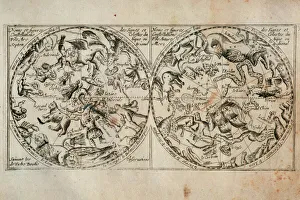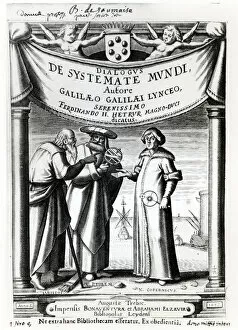1473 1543 Collection
Nicolaus Copernicus (1473-1543), a Polish astronomer, challenged the established geocentric model of the universe with his groundbreaking work, "De revolutionibus
All Professionally Made to Order for Quick Shipping
Nicolaus Copernicus (1473-1543), a Polish astronomer, challenged the established geocentric model of the universe with his groundbreaking work, "De revolutionibus," published in 1543. This seminal text introduced the heliocentric system, placing the Sun at the center of the universe and the planets in orbit around it. Copernicus' ideas were further popularized through works such as "The Great Astronomers" by Prodomus Astronomiae, "The Copernican System" from Description de l'Univers, and engravings of armillary spheres representing his system. Galileo Galilei's "Dialogus De Systemate Mundi" (1564-1642) further fueled the spread of Copernican thought. Copernicus' legacy continues to shape our understanding of the cosmos, inspiring generations of astronomers and scientists.










